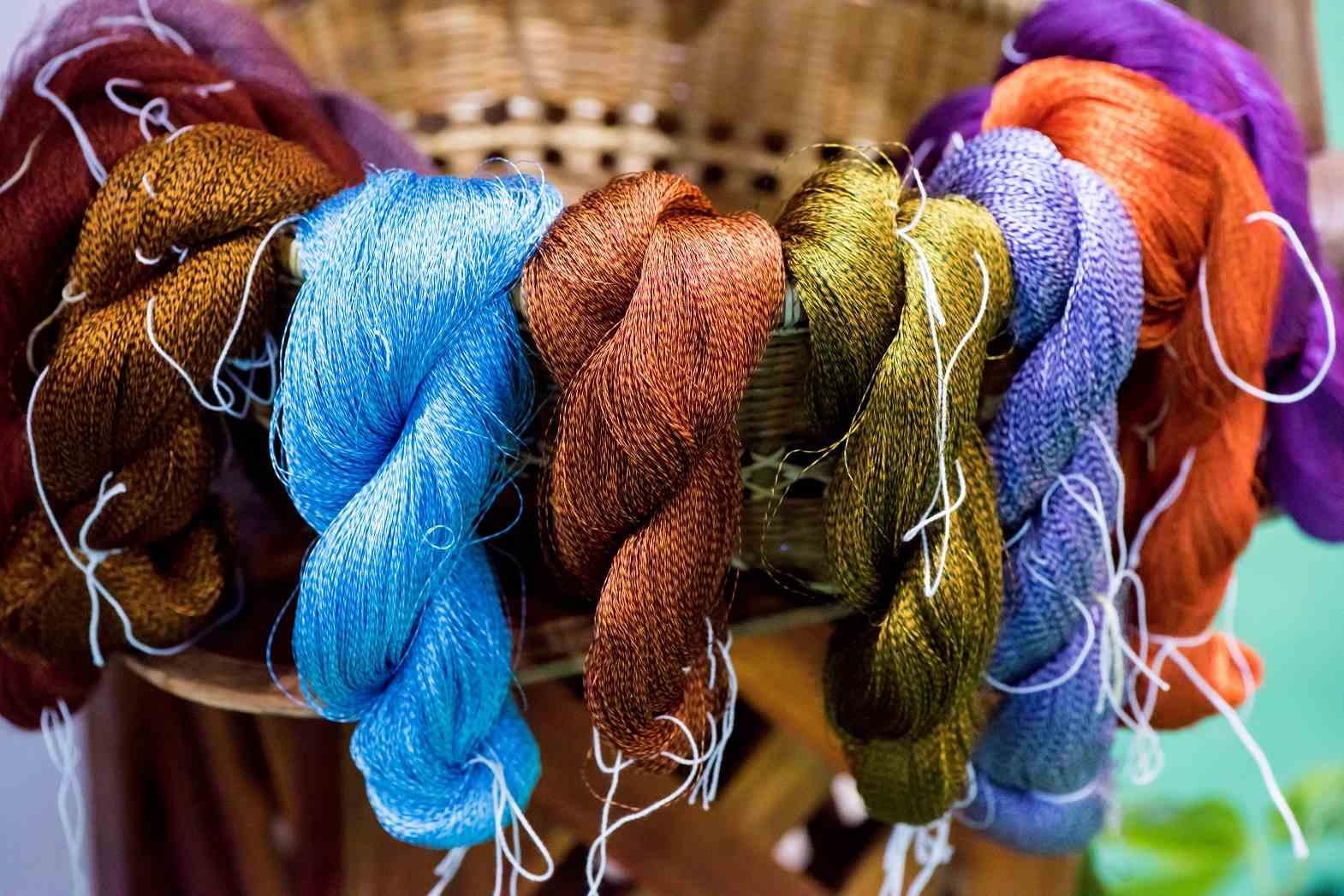INTRODUCTION:
Silk is known as the queen of all textile fibres because of its soothing luster andelegance. None of the natural or man made fibres have been able to rival its versatility and share its beauty. Lustre, softness, elasticity, strength,drape, absorbency and affinity for dyes and its adaptability to various forms of twisting continue to meet a variety of market demand has made silk as a highly valued textile fibre. India produces all the four varieties of silks namely Mulberry, Eri, Tasar and Muga. Eri silk is the second largest variety of silk being produced in India.
Erisilk is a variety of wild silks and unlike other varieties it does not come in continuous filamet form. Eri cocoons are open mouthed in nature. Eri silk is having good aesthetic values cause of smoothness, luster, liveliness and improved thermal properties. Fine suitings, ladies wear, fine knit wears produced using Eri silk are having great market demand.
Erisilk is important amongst non-mulberry silks in India. Besides possessing commercial value, it is well documented to possess high medicinal value as per the traditional folk knowledge. India is the sole producer of Eri silk at global level. In India the production of Eri silk is confined to north eastern states and very little is known about this silk in other parts of the country.
About the Authors:
VinayaK.S is an M.Tech Student at the Government Sri Krishnarajendra Silver JubileeTechnological Institute, Bangalore.
Mr.D. Sheshachala is an Associate Professor at the Government Sri KrishnarajendraSilver Jubilee Technological Institute, Bangalore.
Dr. M.A. Joseph, Mr. S.A. Hipparagiand Mr. Sreenivasa are Scientists at the C, Centre Silk Board, Bangalore.








Comments